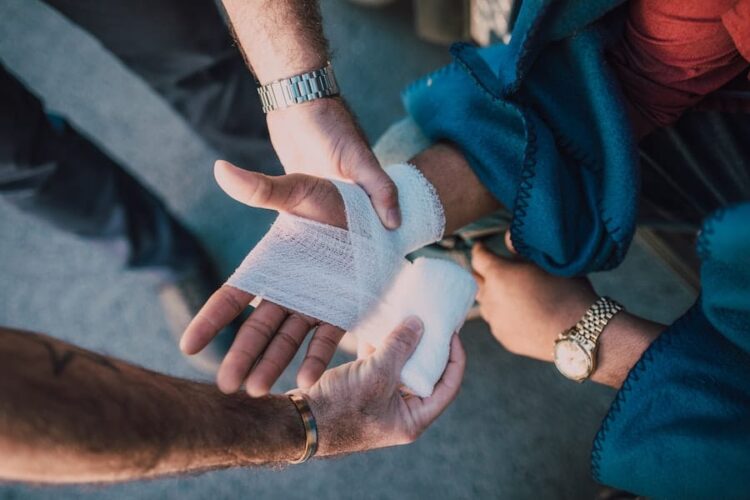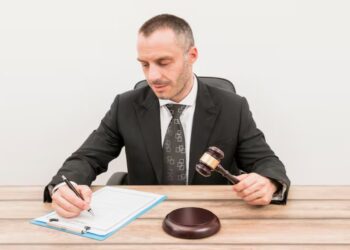In Scotland, personal injury claims are legal processes that allow individuals who have suffered harm or injury due to the negligence of others to seek compensation. These claims can be complex and challenging to navigate without the assistance of legal professionals. Solicitors play a pivotal role in guiding claimants through the process, ensuring their rights are protected and advocating for fair compensation. Let’s explore the vital role of solicitors in personal injury claims in Scotland.
Hire the best solicitors in Scotland to advocate for you and your personal injury claims. Click the link to know more!
1. Expert Legal Advice
Solicitors are legal experts with specialized knowledge in personal injury law. When individuals suffer an injury due to accidents, medical malpractice, or other incidents, they may not be aware of their legal rights and options. Solicitors provide expert advice, informing claimants of their entitlements and the potential compensation they may receive. With their guidance, claimants can make informed decisions about pursuing a personal injury claim.
2. Gathering And Evaluating Evidence
Building a strong personal injury claim requires substantial evidence to prove negligence and the extent of the injuries. Solicitors play a critical role in gathering and evaluating evidence relevant to the case. They may obtain medical records, accident reports, witness statements, and other evidence necessary to establish liability. By diligently preparing the case, solicitors increase the chances of a successful claim.
3. Negotiating With Insurance Companies
Insurance companies are often involved in personal injury claims, representing the responsible parties. These companies have legal teams dedicated to minimizing payouts. Solicitors act as advocates for the claimants, negotiating with insurance companies on their behalf. They skillfully handle communication with insurers and aim to secure fair compensation that covers medical expenses, lost wages, and other damages.
4. Court Representation
In some cases, personal injury claims may require court proceedings. If the parties involved cannot reach a settlement, the matter may be taken to court. Solicitors have the experience and expertise to represent claimants in court effectively. They present the evidence, argue the case, and fight for the best possible outcome on behalf of their clients.
5. Contingency Fee Arrangement
Solicitors in Scotland often work on a “no win, no fee” basis, also known as a contingency fee arrangement. This means that claimants do not have to worry about upfront legal fees. Solicitors only receive payment if they succeed in securing compensation for the client. This arrangement makes legal representation accessible to individuals who may otherwise be unable to afford it.
6. Managing Legal Formalities
Personal injury claims involve intricate legal formalities and paperwork. The solicitor takes care of all the legal documentation, ensuring that deadlines are met and paperwork is accurately completed. This alleviates the burden on the claimant, allowing them to focus on their recovery while the solicitor handles the legal aspects of the claim.
Conclusion: Empowering Claimants With Expert Legal Support
In summary, solicitors play an indispensable role in personal injury claims in Scotland. From providing expert legal advice and gathering evidence to negotiating with insurance companies and representing claimants in court, their expertise is invaluable in seeking fair compensation for those who have suffered injuries due to someone else’s negligence. By partnering with a knowledgeable solicitor, claimants can navigate the complexities of the legal process with confidence and increase their chances of a successful outcome in their personal injury claim.










